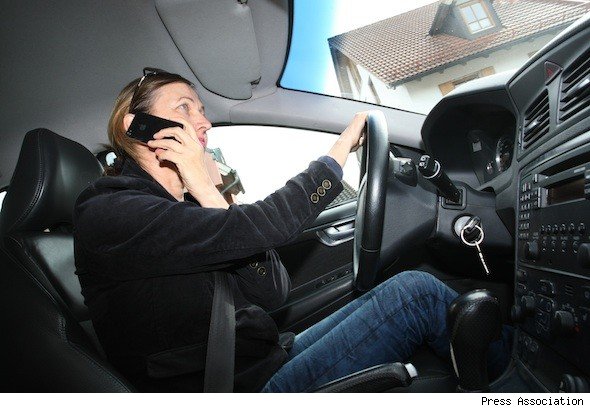Developments in camera and smart phone technology in the last few years have brought with them a huge number of positive influences to our daily lives, however recent news stories concerning such innovations have demonstrated the less desirable aspects of the human condition.

‘Digital rubber-necking’ as it has become known is the practice of taking photos and recording videos of car accidents as you drive by, and has been met with shock and revulsion in equal measure. In August this year, police reacted to this by releasing the photos of eighty drivers who had slowed down to take pictures of an accident that had left a 21 year-old female truck driver fighting for her life on the M1 in Northamptonshire.
A Criminal Offence
Anyone who has spent much time driving on dual carriageways and motorways will have undoubtedly at some point experienced heavy traffic when there has been an accident on the opposite side as motorists slow down to try and look at the wreck. However, once you take out your mobile phone or camera and begin to use it while driving you are committing an offence, and this is something Northamptonshire Police were keen to stress.
As well as release the images of the drivers, they sent them letters reminding them of the law regarding using devices such as these while driving. It is thought to be the first time a police force has had to carry out an operation of this kind.
Sergeant Nick Gray, from the Collision Investigation Unit said: “After completing our investigations at the scene of the collision, we were astonished to see so many motorists using their mobile phones to capture an image of what was a horrific collision.
“Because of how badly the driver was trapped, we had a period of four hours before we could continue with our work and after witnessing the number of people using mobile phones decided to use a camera to film motorists travelling on the opposite carriageway.”
Human Nature?
The human fascination with all things macabre is not a new phenomenon, and there are examples of the more morbid side of human curiosity throughout history. Even today, executions are made public in countries that still hold them, while the media (so vocal in their condemnation of these motorists) are regularly guilty of bringing video and images of a grisly nature to the public’s attention. In fact, within the Daily Mail reporting of this story – that describes the motorists as ‘ghouls’ – is a link to a news story with six photos and a video of a bus crash that left two passengers seriously injured.
Journalists would probably argue there is a difference in publishing photos in a story and taking them only to fulfil a personal curiosity, but it is because of that curiosity that they include crash photos in the coverage.
Ultimately, we should think about how we would feel if it was ourselves or a loved one being photographed having been involved in a car accident before putting the foot on the brake and taking out that camera phone. Unfortunately however, history suggests that the general public’s obsession with mortality isn’t going anywhere anytime soon.
This guest blog was written by John Rooney on behalf of Moneybarn, providers of simple and affordable bad credit car finance.

